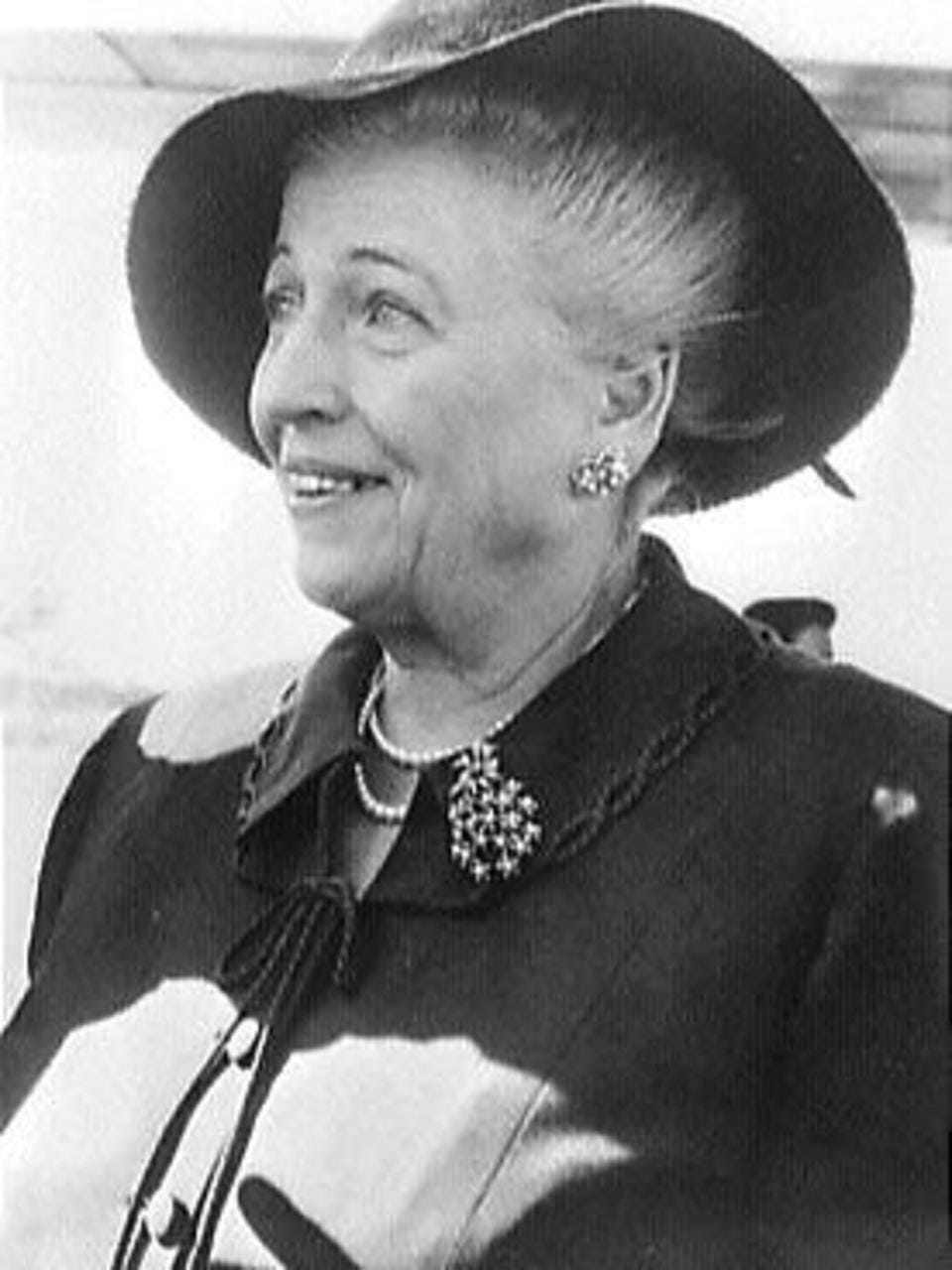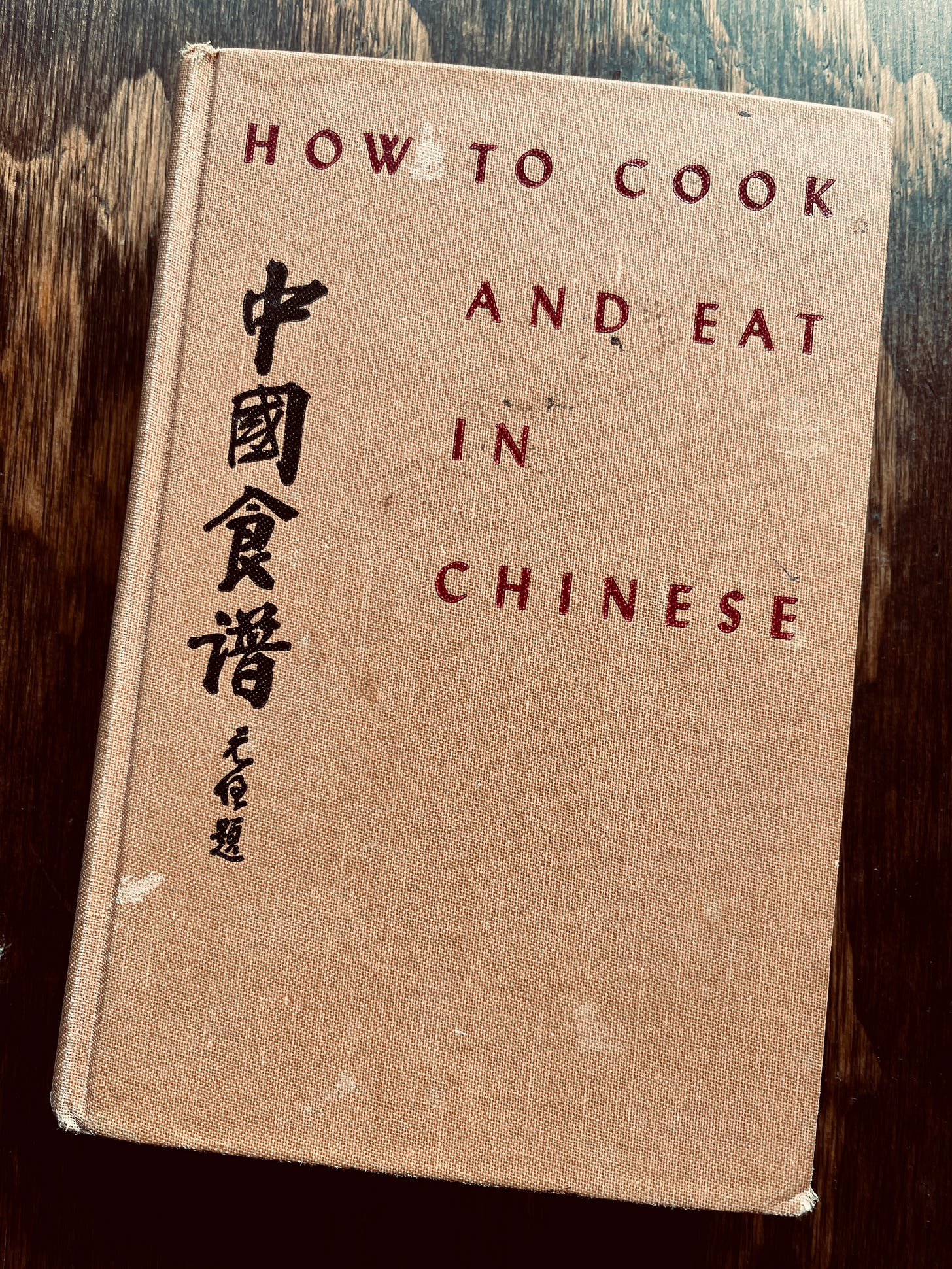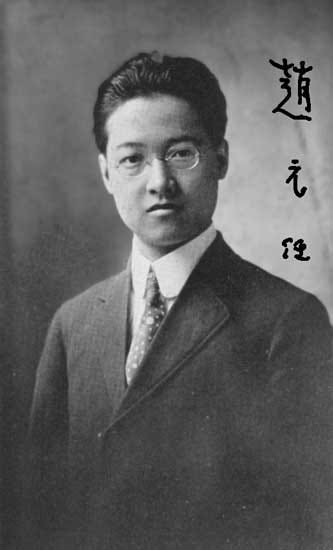I would like to nominate [Mrs. Chao] for the Nobel Peace Prize. For what better road to universal peace is there than to gather around the table where new and delicious dishes are set forth, dishes which, though yet untasted by us, we are destined to enjoy and love?
These are the words in the final paragraph of Pearl S. Buck’s preface referencing Buwei Yang Chao, the author of How To Cook and Eat in Chinese.

Challenging Traditions
Buwei Yang an outspoken, impulsive Chinese girl who was dressed in boys’ clothing until the age of 13 - an interesting and intermittent custom practiced by families in China who had a surplus of daughters - was encouraged by a progressive-minded grandfather to buck the system. And she did just that, graduating from the Tokyo Women’s Medical College, she became one of the first female physicians to practice Western medicine in China and advocate for birth control.
It was during her studies in Tokyo that Yang taught herself the foundations of Chinese cooking. This compulsion did not stem from a desire to honor her native cultural, it was a bit more self-serving. You see, Yang found Japanese cuisine inedible.
After a long day at the OBGYN hospital that she and a female colleague founded in Beijing, Dr. Yang could be found in the kitchen honing her cooking skills creating simple meals or creating 33 dishes for a mourning banquet in honor of a family member.
It was during an informal four-course meal prepared by Dr. Yang and shared with two close friends that she and Boxer-Indemnity-scholarship-educated Yuenren Chao presented a statement of marriage - highly unorthodox in ritualistic Chinese culture - to the two unwitting witnesses. Signed statement in hand, Dr. Yang became Mrs. Yuenren Chao a title that, as Anne Mendelson states, “she wore with pride.”1
Wartime Cooking
The Chaos would find themselves in the US as it entered into World War II leading Mrs. Chao straight into the kitchen. Between learning to cook with rations, cooking for the China Relief luncheon and feeding Mr. Chao’s army of “informants” who helped teach 150 American soldiers Chinese, she “had never had so much to do with cooking in [her] life.”2
This wartime stint in the kitchen with lead Mrs. Chao to write a cookbook that, she hoped, if she looked into American kitchens, she would find her best Chinese dishes being served.
Not Lost in Translation

As is the case in many instances, a mention of one topic often leads to an entirely different conversation. This is exactly how How to Cook and Eat in Chinese blipped onto the radar of Richard Walsh, a publisher for John Day. Mutual friends of the Chaos and Walshes mentioned that the Mandarin-English dictionary Mr. Chao was working on may be available for publication. As an aside, they also noted that Mrs. Chao was working on a cookbook.
After receiving a letter of inquiry, Mr. Chao explained that the dictionary had been spoken for, but that his wife’s manuscript would be ready for review very soon. Richard agreed to take a look and the manuscript.
Realizing the significance of this book written by Mrs. Chao, a home cook who could empathize with American home cooks, translated by her Chinese-American daughter who spoke the language well, and then further edited by her linguist husband who contributed colloquial nuances and humorous asides, Richard showed the manuscript to Pearl.
He later wrote to Mrs. Chao saying that Pearl “dashed to the kitchen and made a complete Chinese meal just for herself and me.” It’s important to understand that Pearl was herself very knowledgable about Chinese culture and cuisine having lived there for over 30 years. After their review and a lovely Chinese meal, Richard wrote to his son, a John Day editor, “Mrs. Chao’s cook book is splendid and we must certainly have it…Pearl says it is the best Chinese cook book that she has seen.”3
And so, John Day accepted the manuscript which would be the first title that would display the imprint “An Asia Press Book”, the newest division of John Day at the time.
If you enjoyed this article, we hope you’ll click on the little heart ❤️ below ⬇. It really makes our hearts happy.
Make sure to tune in next week as Kim and I discuss how Mrs. Chao’s cookbook, How to Cook and Eat in Chinese, helped to breakdown cultural stereotypes and introduce America to Chinese cuisine and traditions.
If you would like to become a patron supporter, for just a few dollars, you’ll be the first to hear the podcast episodes with your early access key 🗝️, join us for Afternoon Tea, a virtual klatch to be in community, receive a discount code to use in the coming-soon AWE market, and most importantly you’ll help keep our oven lights on!
We would love to connect with you…
…on Instagram @asweeat or in our new As We Eat community on Facebook. Subscribe to the As We Eat Journal or listen to the As We Eat Podcast.
Do you have a great idea 💡 for a show topic, a recipe 🥘 that you want to share, or just say “hi”👋🏻? Send us an email at connect@asweeat.com
Looking for a unique gift idea for a birthday, anniversary, holiday, host or hostess, or just because? Consider giving a subscription to the As We Eat Journal.
As a member of other affiliate programs, we earn from qualifying purchases at no additional cost to you. This helps us to continue to bring you stories, history, and personal musings about food, cuisines, traditions, and recipes.
Chow Chop Suey: Food and The Chinese American Journey, Anne Mendelson, pg 149
utobiography of a Chinese Woman: by Buwei Yang Chao put into English by her Husband Yuenren Chao, Buwei Yang Chao, pg 274
Richard J. Walsh to Richard Walsh, Jr., May 30, 1944 (JDCA)










